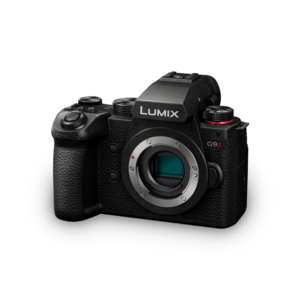
I’ve been using the superb Panasonic Lumix G9 Micro-four-thirds camera for my wildlife photography since I reviewed it here on the site back in 2018, not long after its release. It was… and indeed still is… a fantastic camera for wildlife. With the announcement of the Lumix G9II in late 2023, Panasonic brought its flagship Micro 4/3 stills camera bang up to date… but how does it perform in the field for wildlife photography? Let’s find out.
Pros: Blistering all-round performance with incredibly fast burst shooting and substantial increase in buffer size. A new phase-detect autofocus system (now with bird/animal eye-detection) detects and locks on to subjects faster and more accurately than ever. Outstanding image quality for a smaller sensor, with great dynamic range. Boost to equivalent focal length with the 2x crop factor of the M4/3 sensor is a boon for wildlife. Outstanding Lumix and third party lens selection. Better noise performance at higher ISOs than its predecessor. If video is your thing the G9II comes with all the bells and whistles.
Cons: While noise is handled better than in the original G9 (which wasn’t bad by any means), there’s no getting around the fact that smaller sensors get noisy at higher ISO settings. The omission of the LCD top display of the G9 is disappointing, and something I missed more than I expected to. Battery life is fine, but does seem to drain more quickly than on the G9 — so for all-day shooting you’ll want to carry a spare — and if you plan to shoot video, carry several. While the control dials are large and tactile, and work well, they don’t lock, like on the original G9, and I had several instances where either the mode dial, the shooting speed dial or both had “slipped” to a different setting while carrying the camera around. There is a noticeable power-up lag when the camera has entered “Deep Sleep” mode that can be frustrating if you want to get a shot quickly.
Price: Panasonic Lumix G9 II (Body Only) c. €1,899, or as a kit with the 12-60mm Leica f2.8-4 c. €2,499.
View the Panasonic Lumix G9II on the Panasonic UK&Ireland website.
Check out the Panasonic Lumix G9II on Amazon.
Lumix G9II Full Review

Rumours of the death of Micro Four Thirds as a format in 2023 were greatly exaggerated, and were put to bed conclusively in late 2023 and early 2024 with the announcement of two new flagship micro-four-thirds models in the Panasonic Lumix G9II and the OM Systems (formerly Olympus) EM1 MkII (which I hope to be testing/reviewing here on Ireland’s Wildlife in due course).
As an avid Lumix G9 user, when the G9II was announced, with the much requested phase-detect autofocus upgrade over it’s predecessor’s proprietary Depth from Defocus contrast-detect autofocus, I knew I had to try it out. It’s not that focusing on the G9 was slow. In fact, when it was released it boasted the fastest camera autofocus on the market, but it struggled in some situations… like in low light, with cluttered foregrounds or backgrounds, or acquiring and sticking to a moving subject. Those are all situations you encounter almost more often than not when photographing wildlife.
Combine the revamped autofocus with a higher resolution, high dynamic range micro-four-thirds sensor, and faster shooting speeds with a substantially larger buffer to accommodate them, and you have a very compelling package.
First Impressions
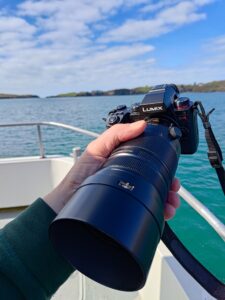
One of the criticisms often levelled at the Lumix G9 was that, for a small-sensor camera, it was a fairly chunky beast, not much smaller than many full-frame cameras, and larger than some of them. That same criticism could be levelled at the G9II as well, as it uses a pretty much identical chassis and control layout to Panasonic’s flagship full-frame mirrorless offering, the Lumix S5 Mark II. However, I found that criticism was largely unfounded with the G9, which was (and still is) one of the most ergonomically seamless camera bodies I’ve ever used, and balanced perfectly in the hand with the longer lenses typically necessary for wildlife and bird photography.
Exactly the same applies to the G9II. The fact that the newer body is an exact copy of its full-frame stablemate is a plus, not a minus in my book, and it has a premium feel and reassuring weight without being heavy. You have to remember that it’s generally not the size and weight of the body that’s the limiting factor for wildlife photographers — it’s the size and weight of the required long-focal-length lenses. That’s where micro-four-thirds really comes into its own: compared to full-frame lenses with equivalent reach, optically superb lenses like the Panasonic Leica 100-400mm f4-f6.3 are tiny, lightweight affairs that can be easily carried around all day and deliver outstanding results hand-held.
Menus and Controls

Like the G9, the G9II has a very extensive menu system that has options for pretty much whatever you could think of. Everything, from the control dials to the function buttons to every little feature offered by this cutting-edge contemporary camera body, is configurable. The sheer extent of menu options can be overwhelming, but Panasonic has laid everything out in a logical, categorised and easily navigable user interface that makes finding and changing the setting you need relatively painless. As with any new system, there’s a learning curve, but it’s really not that steep, and once you get used to it you’ll be able to fine-tune this camera to operate exactly how you want it to.
Once you have everything set up the way you like it, chances are that you’ll rarely need to venture into the menu system at all, as the G9II has a host of logically positioned, configurable physical controls you can set up to give you quick access to the settings and features you need without going near a menu.
LCD and Viewfinder
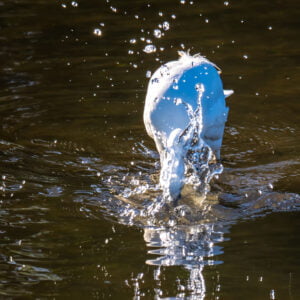
The flip out, fully articulated LCD screen on the Lumix G9II looks and behaves the same as the on the original G9 — which is to say it does everything you could possibly want it to do. However, the newer model sees a resolution boost to 1.84M dot over the original 1.04M dot version on the G9. It is very versatile and is great if you’re looking to video or photograph yourself (ideal for content creators/youtubers), for example, or to get low-angle shots that would otherwise be very tricky to achieve.
The electronic viewfinder sees no such resolution boost, with the same 3.68M dot resolution as the original G9. It works well, and is perfectly serviceable… but is perhaps a little disappointing in a contemporary flagship camera body, and lags a little behind the likes of the OM Systems OM-1 Mark II’s 5.76M dot viewfinder. Whether or not you’d notice a difference in the field is debatable, and I haven’t had a chance to try the two side-by-side (yet) — but I certainly never found the viewfinder on the G9II wanting during the review period.
Using the camera
Ergonomics and handling
I found the fact that the G9II uses the same body, essentially, as the Lumix S5II, to be a boon. It has superb balance, and excellent grip that sits comfortably in the hand, and marries perfectly with the Panasonic Leica 100-400mm and 50-200mm lenses I paired with it. Even with smaller lenses like the Panasonic Leica 12-60mm kit lens attached, it never felt overly bulky or cumbersome.
For wildlife, I always feel having a body that provides a bit of counterbalance to the inevitably longer and bulkier lenses you’ll be using is a benefit. The real beauty of micro-four-thirds for me is in the lower weight and bulk, not to mention the lower cost, of those high-performance long lenses compared to their full-frame counterparts.

When I’m out with the camera I’m often birding, guiding a wildlife group on one of our Discover Wildlife Experiences, or travelling. In all of those scenarios, I need to keep my photography kit as small and lightweight, yet as versatile as possible. When I’m guiding I’m carrying binoculars, a spotting scope and other paraphernalia as well as my camera gear; when I’m birding I need to stay nimble and mobile, yet be ready to grab a record shot of anything unusual at a moment’s notice; when I’m travelling, I don’t have space for masses of photography gear, yet still need to pack gear that can deliver exceptional performance. The Lumix G9II, paired with the Lumix 100-400 (200-800mm full frame equivalent) and 50-200 (100-400mm full frame equivalent) delivers in all of those scenarios.
One thing I did miss from the original G9 was the top LCD panel. I’d grown used to checking it quickly when turning the camera on to verify shutter speed, aperture and other settings. With the G9II, instead of just glancing down, I now have to physically look into the viewfinder to verify settings, or flip out the LCD back panel to check. And checking IS important with the G9II, as the top control dials don’t lock, and I had several situations where the settings had changed between shots just while carrying the camera slung over my shoulder.
Ergonomically, I found the G9II to be a joy to use in the field… if anything better than the G9, and at the time I think I professed that was the most comfortable camera I’d ever used in the field.
Speed and Responsiveness
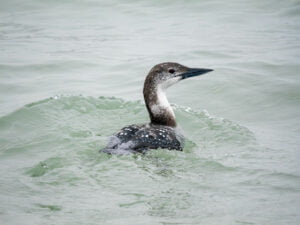
The G9II is scarily quick — quick at focusing, and ludicrously quick at burst shooting — offering a respectable 10fps from the mechanical shutter, all the way up to a ludicrous 60fps with the electronic shutter with continuous autofocus and tracking. There’s also a pre-burst shooting mode (a more capable evolution of the 6K Photo pre-burst on the original G9) that continuously loops up to 1.5 seconds worth of buffered RAW photos before you press the shutter release — perfect for capturing critical action like birds taking off, or jumping whales and dolphins.
Coupled with the impressive performance is a much larger buffer — from reading other reviews what appears to be one of the largest image buffers currently available — which allows you to take an impressive number of shots without the camera slowing down or lagging at all. However, when/if you do hit the buffer limit (which is easily achievable if you opt for the 60fps shooting) the camera seems to be slow at writing to the SD cards (even the highest performance cards available), and you’re limited from shooting while the buffer clears, which can be frustrating.
In day-to-day shooting it’s never an issue, but should that that once-in-a-lifetime shooting opportunity crop up, the last thing you want is an incapacitated camera as it struggles to dump a full buffer to the memory card. Hopefully this is something Panasonic can addressed in a firmware update.
Autofocus
The all-new phase-detect/hybrid AF system is perhaps the headliner of the G9II. It locks on instantly, and keeps track of subjects with impressive tenacity, as long as you can keep them in the viewfinder (finding and keeping subjects in the viewfinder is often the hardest part with long lenses). I found it outstanding in situations where the original G9 would have really struggled.

It was also really good at picking out the subject through foreground clutter and in front of background clutter… something the original G9 with its contrast-detect only autofocus tended to struggle with.
You have all the autofocus area modes you’d expect, and some really nice subject detect AF modes, including animal (and bird) AF that includes body and now also eye detection. It does a remarkable job of zeroing in on a bird or animal’s eye, and locking on to it. It’s incredibly impressive and seems to just work.
Tracking of subjects is also much improved, presumably thanks to a combination of better AI smarts and the phase-detect AF areas built into the new sensor. The G9II tends to stick to the subject like glue… only losing it if you lose track of it in the viewfinder. As long as you keep your subject in view (or within your selected AF area, if you’re using one of the area AF modes) the camera will track it.
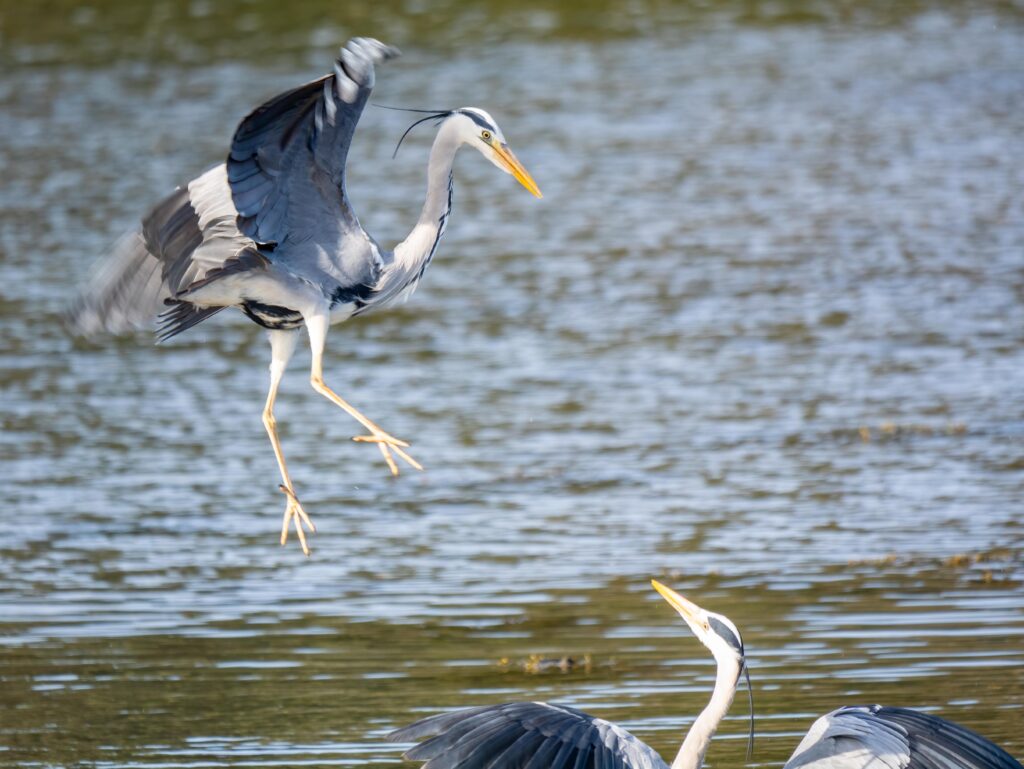
Of course, as this is a Lumix camera, if you delve in the menus and you have all sorts of autofocus settings you can tweak to alter the default autofocus/tracking behaviour so it behaves as you want it to.
Image Stabilisation

This is another area where the G9II sees a bump in performance. The original G9 was class-leading in this area with 6.5 stops of in body stabilisation, but the G9II elevates this to a mind-boggling 8 stops of stabilisation. Typically that figure drops off as you use longer focal length lenses, but with the G9II and dual IS capable Lumix lenses like the 100-400mm and 50-200mm I was using, you still get a stupendous 7.5 stops of stabilisation.
This means that you can handhold at slower shutter speeds (so lower ISO and less noise) at longer focal lengths and still get sharp images… as long as your subject is not moving. Very handy.
Battery Life
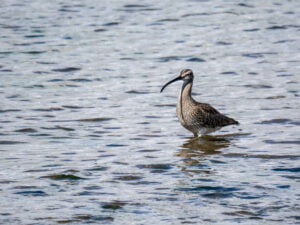
Battery life on the Lumix G9II is fine in general, although it does seem to use up the battery slightly faster than the G9. I never managed to get through a fully charged battery in a session during the revie period, but based on the battery usage I would certainly carry a spare with me if I was planning to shoot all day, and would likely want a couple of spares if I was planning on doing much video shooting.
One other thing to note is that there is no battery charger included in the box (although you can buy one as an optional accessory). You charge the battery in-camera via the USB C port.
Image Quality
I’ve been very impressed with the image quality from the Lumix G9II. The new 25.2MP Live MOS sensor with its dual-gain output delivers stunning images with impressive dynamic range, offering plenty of scope for post-processing of RAW images.
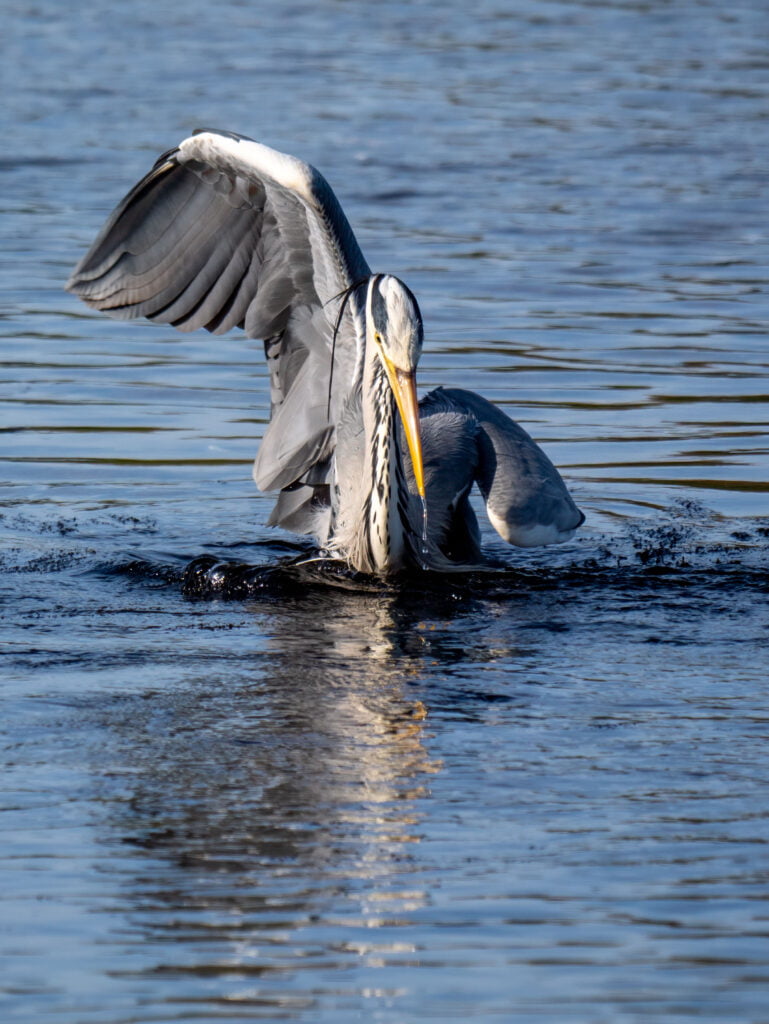
While pixel peepers out there will certainly see a difference in image quality between a full frame sensor and the latest micro-four-thirds offering, in real world situations looking at an image printed or displayed digitally, you’d be hard-pressed to tell the difference, particularly with the advanced de-noise capabilities of contemporary photo-editing software.
Video
While I’ve been using the G9II predominantly as a stills camera, it would be remiss not to mention its video pedigree. Billed as Panasonic’s stills flagship, it nonetheless sports professional-grade video features to rival the company’s flagship video model, the Lumix GH6, including up to 5.8K/30p or 5.7K/60p MOV files in camera, with 5.7K/30p ProRes available when recording direct to SSD.
As I haven’t really used the video features, I won’t comment further, but you’ll find plenty online about the Lumix G9II’s impressive video chops should they interest you.
Specs
You’ll find full specs and details for the Lumix G9 Mk II on the Panasonic Lumix website here.
Conclusion
The Panasonic Lumix G9II takes all the best elements of Lumix’s contemporary full-frame cameras and packages them around a brilliant new micro-4/3 sensor, with great dynamic range, exceptional hybrid phase-detect autofocus, blistering speed, and class-leading image stabilisation. It is undoubtedly one of the best micro-four-thirds options on the market today — and one of the best wildlife cameras available… period.
I’m a huge fan of micro-four-thirds cameras, and the portability benefits they offer wildlife photographers who prefer to travel light, and stay mobile and nimble. I’ve been completely happy with the Lumix G9 for the last 6 years… but the G9II may just have convinced me it’s time for an upgrade.
Image Gallery
A selection of images taken in West Cork, Ireland with the G9II over the review period.
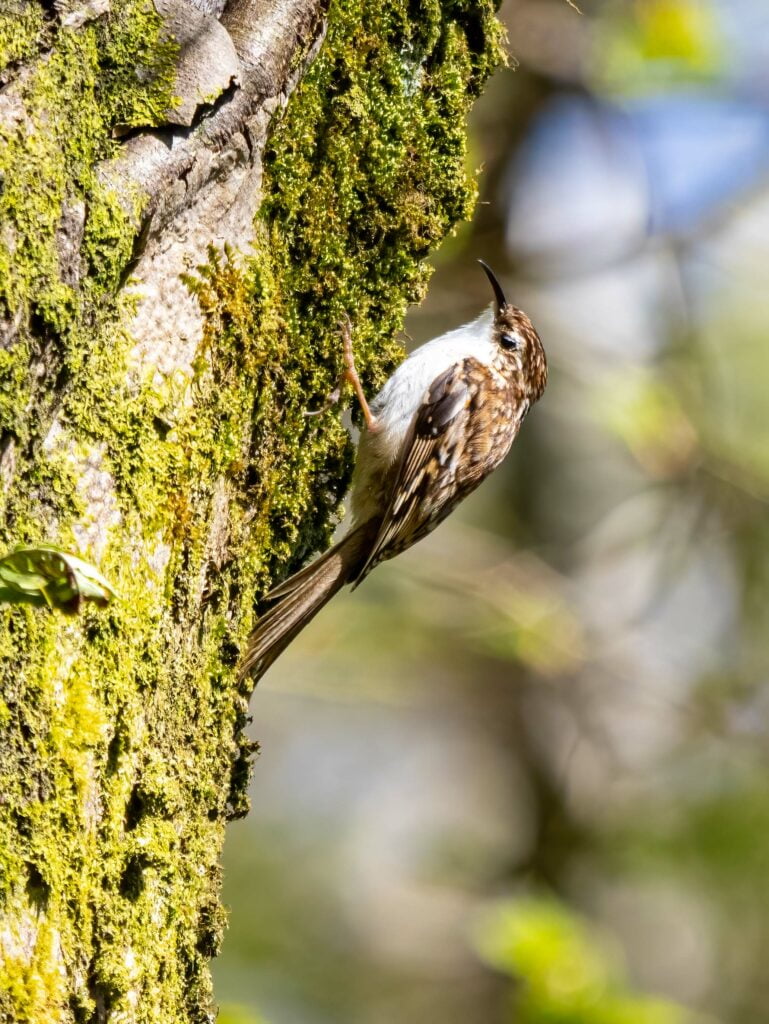
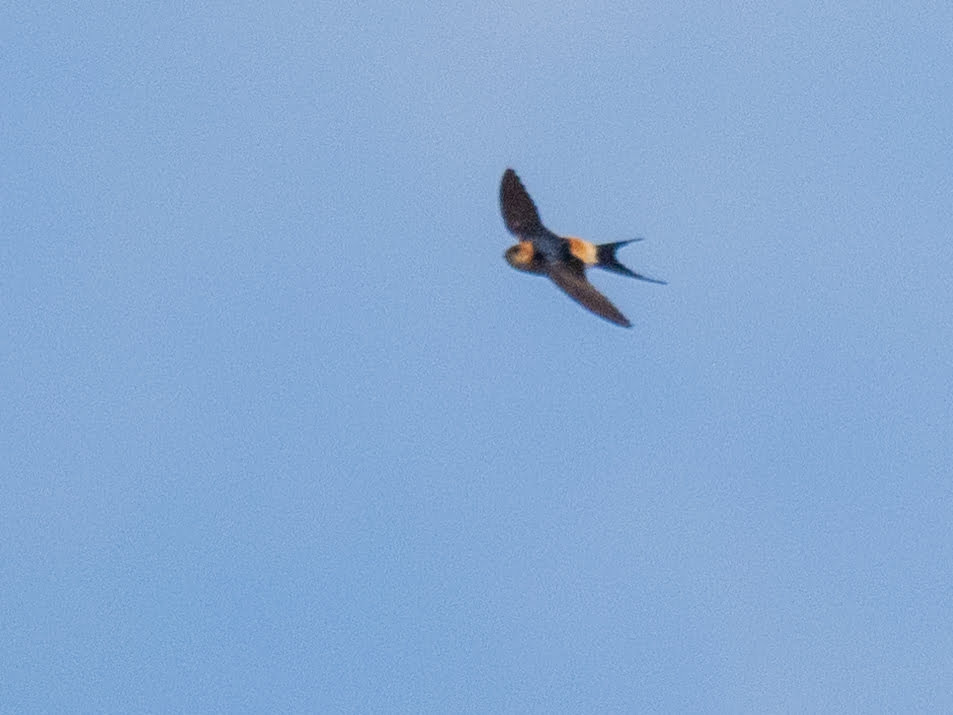
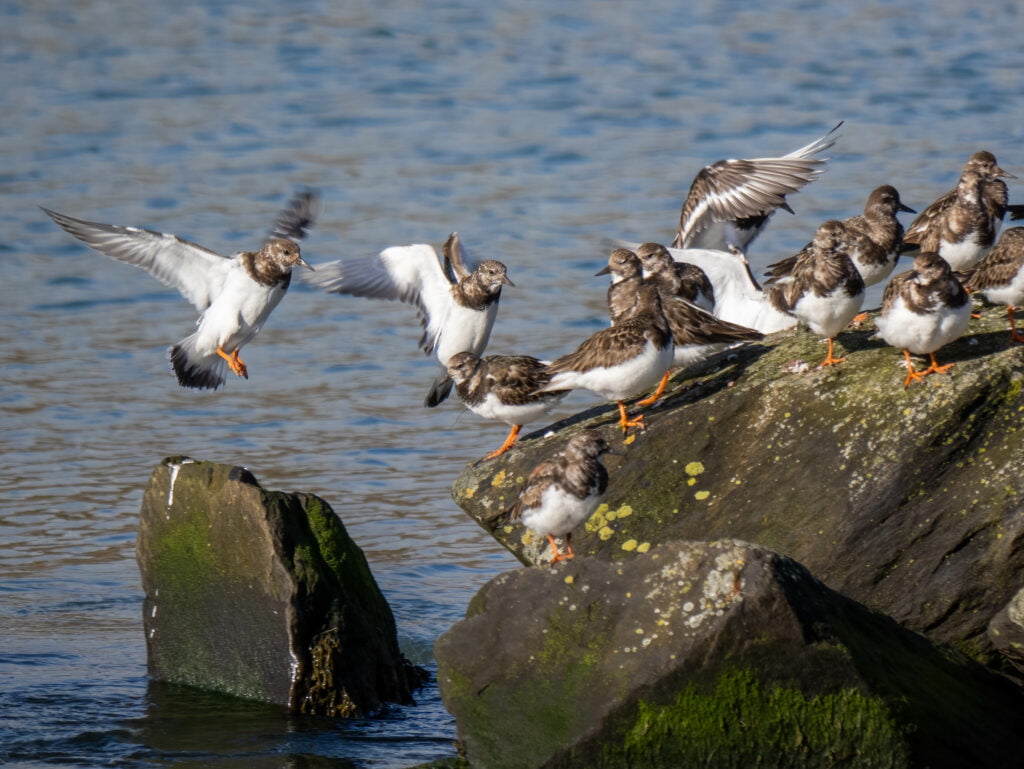


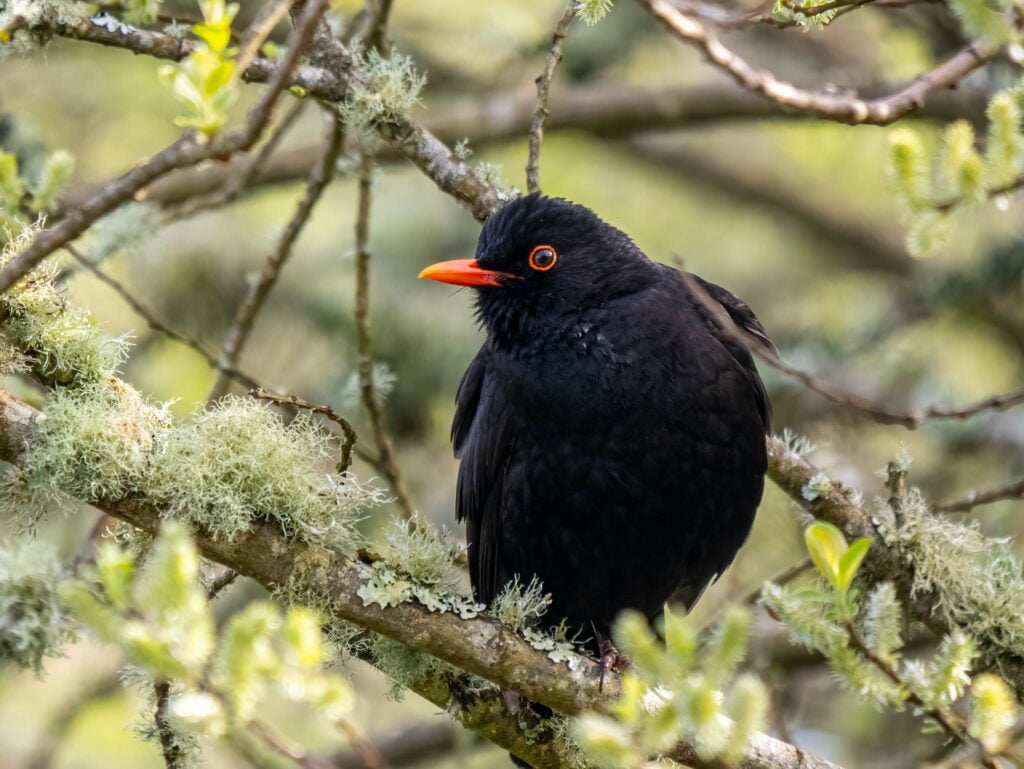
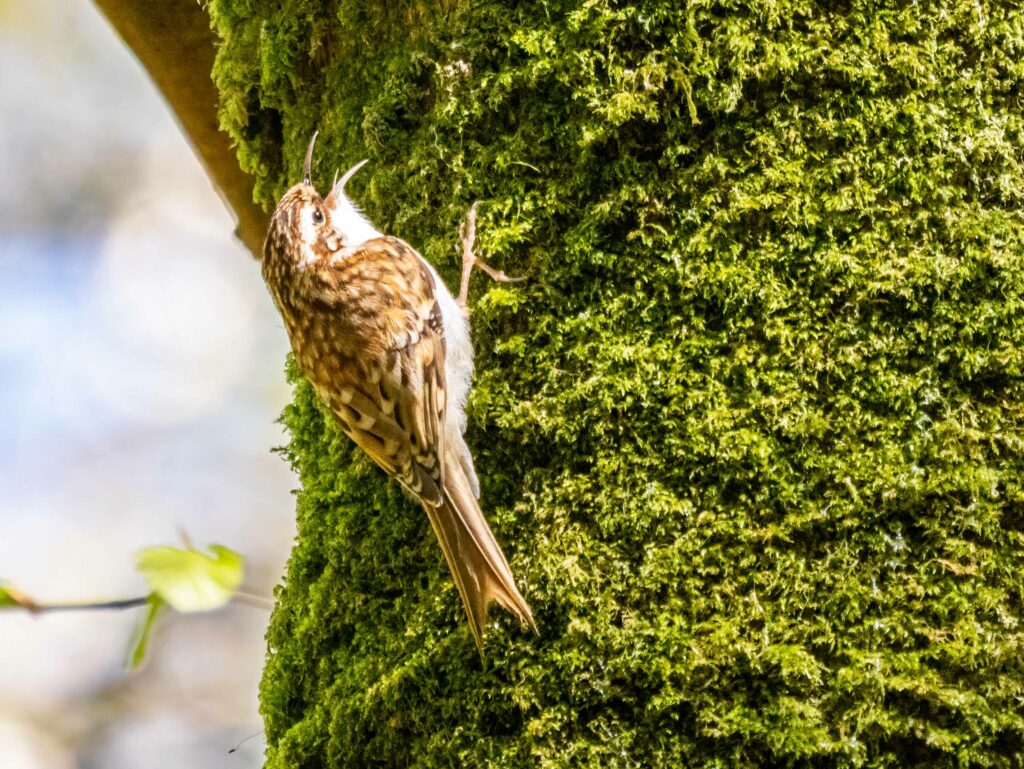

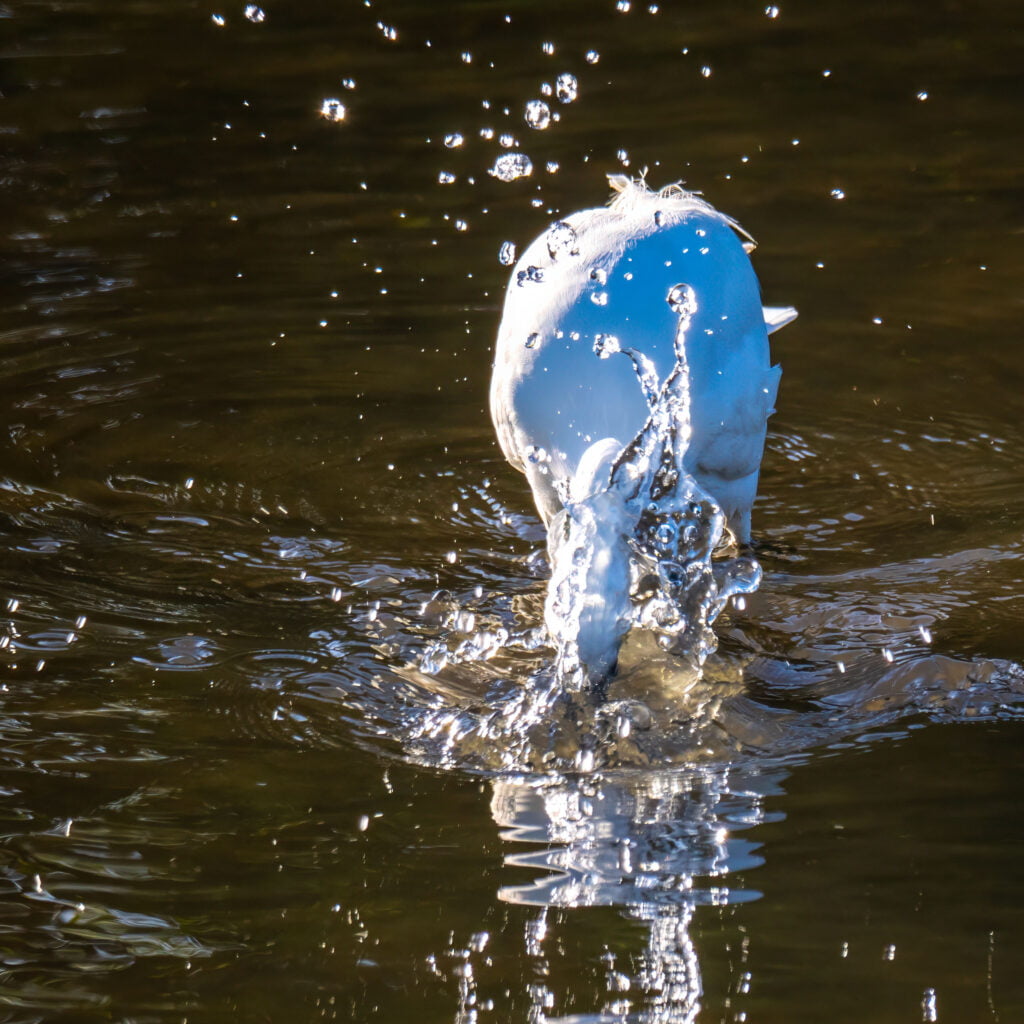
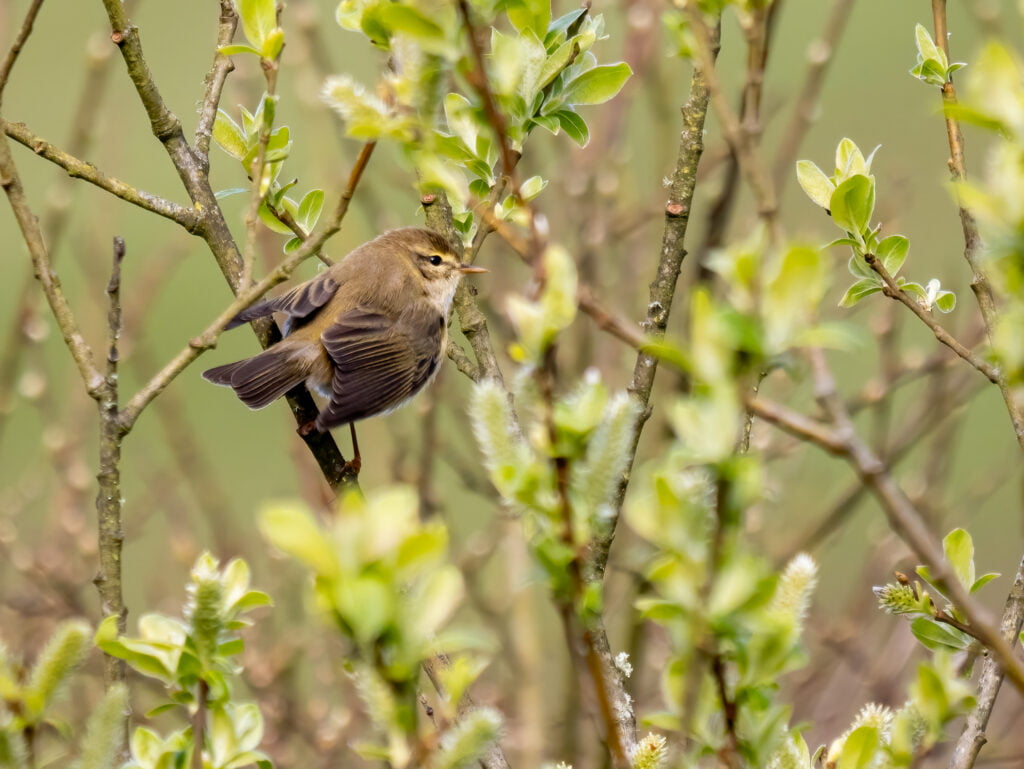
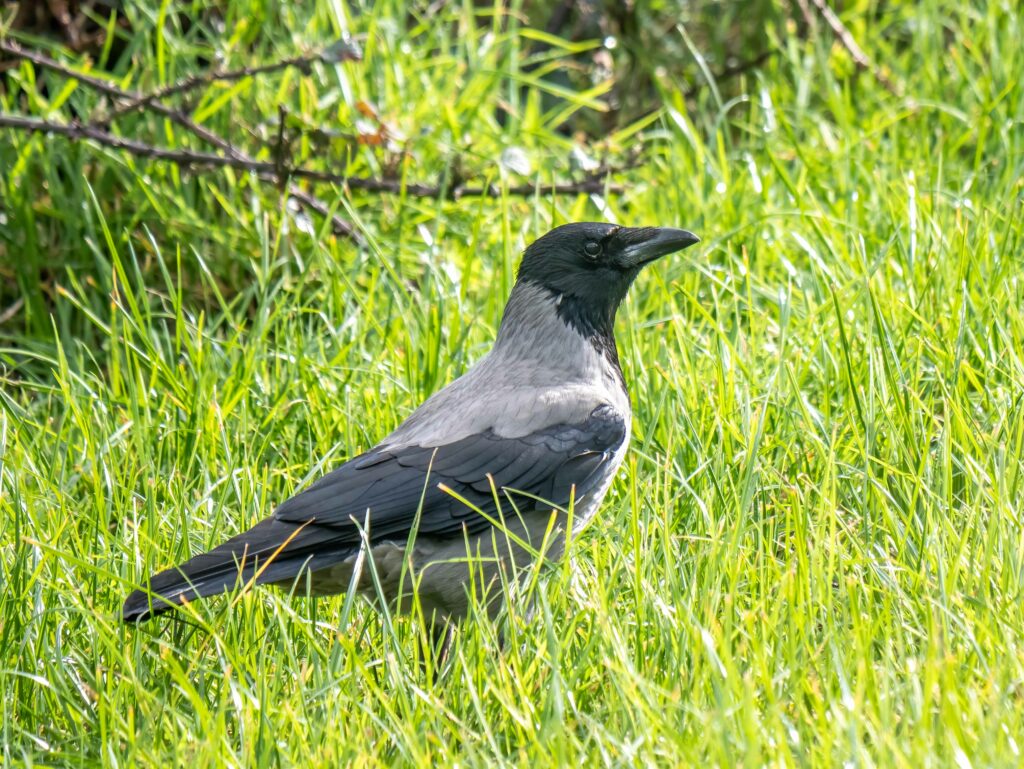
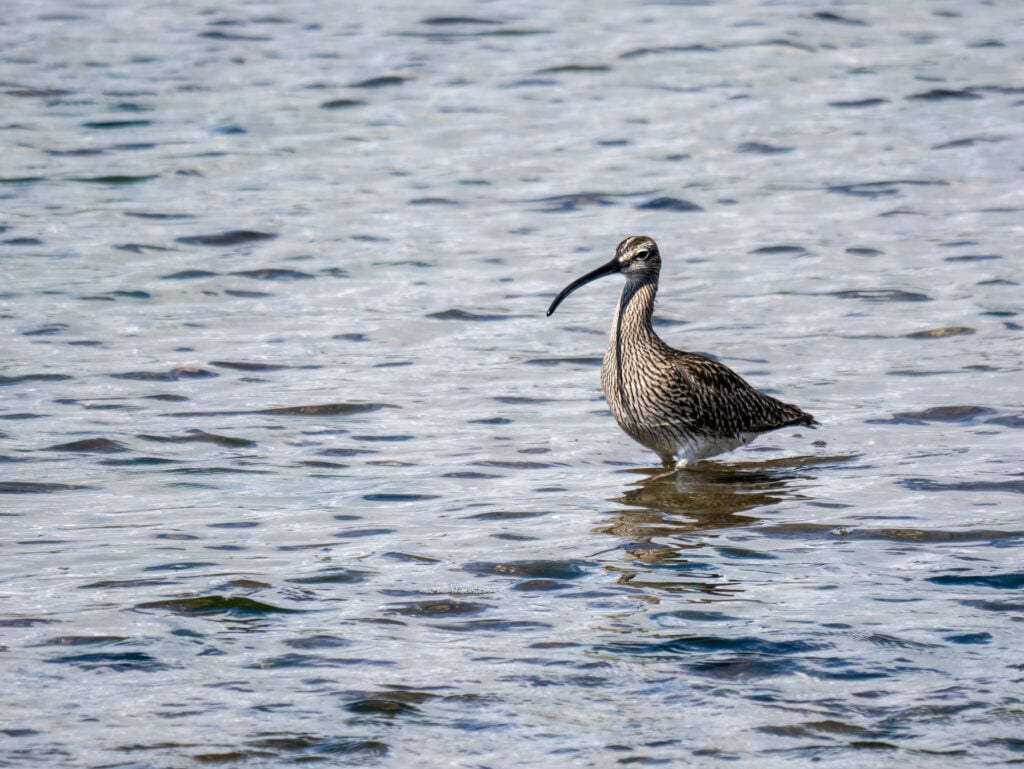
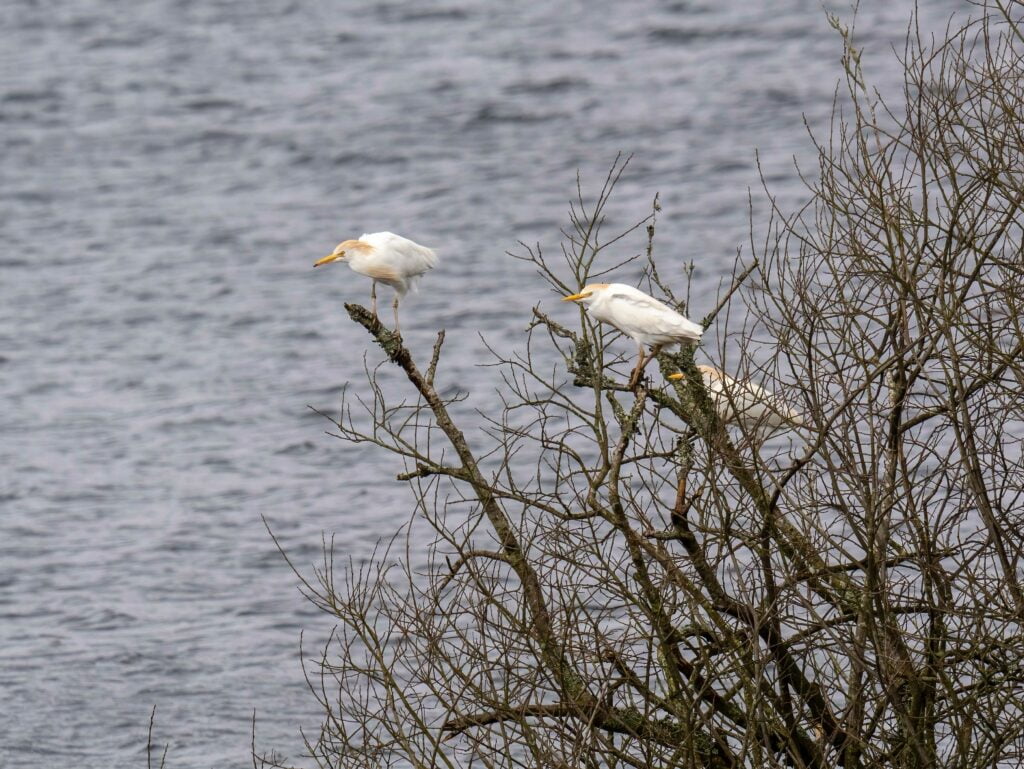
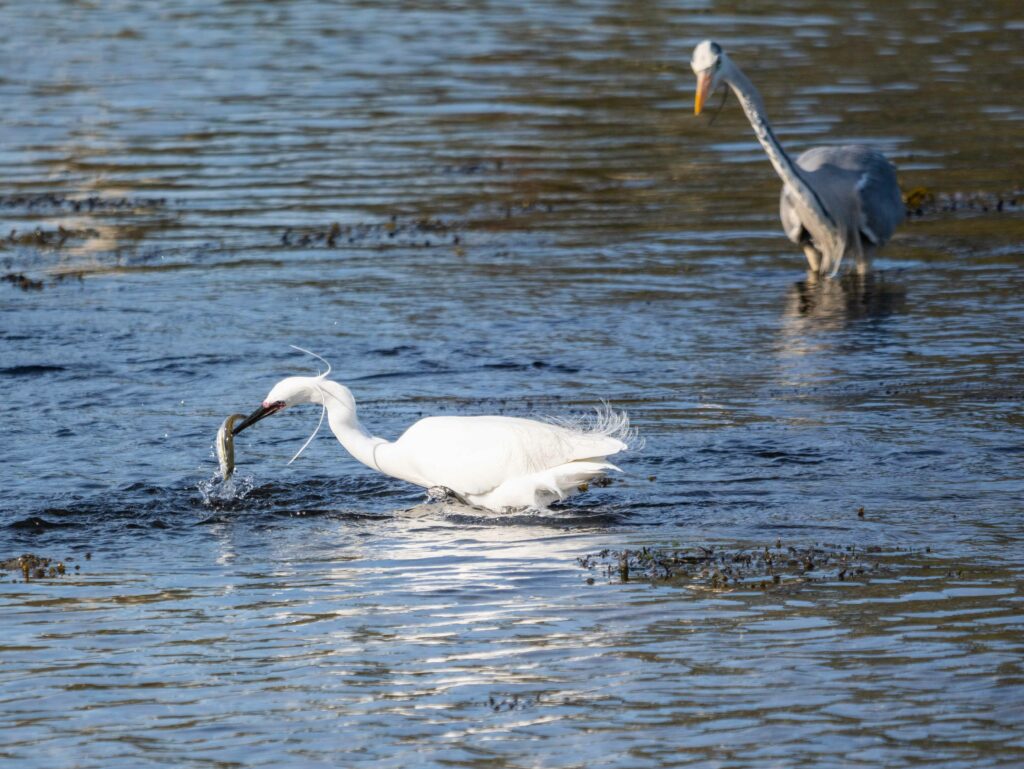
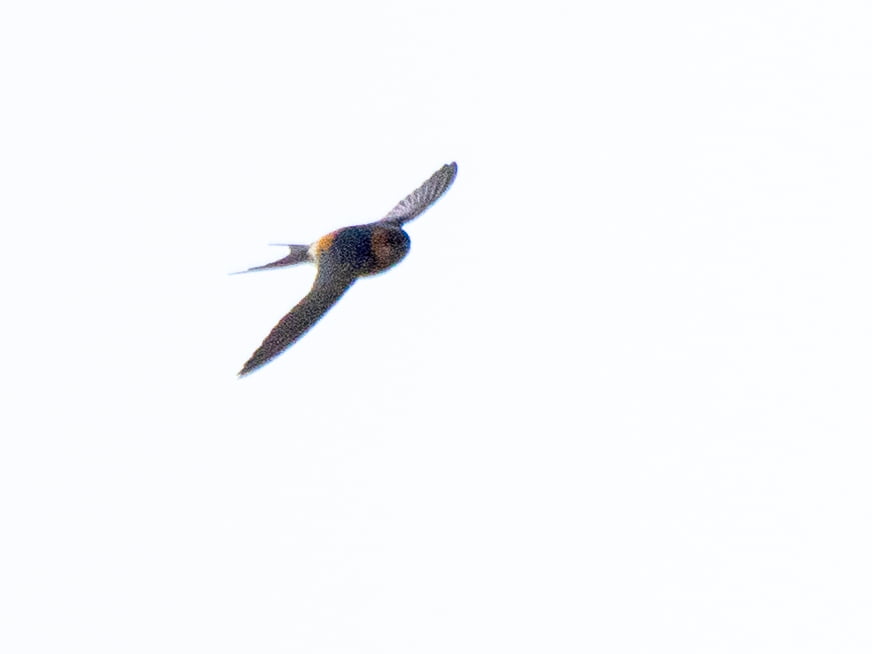
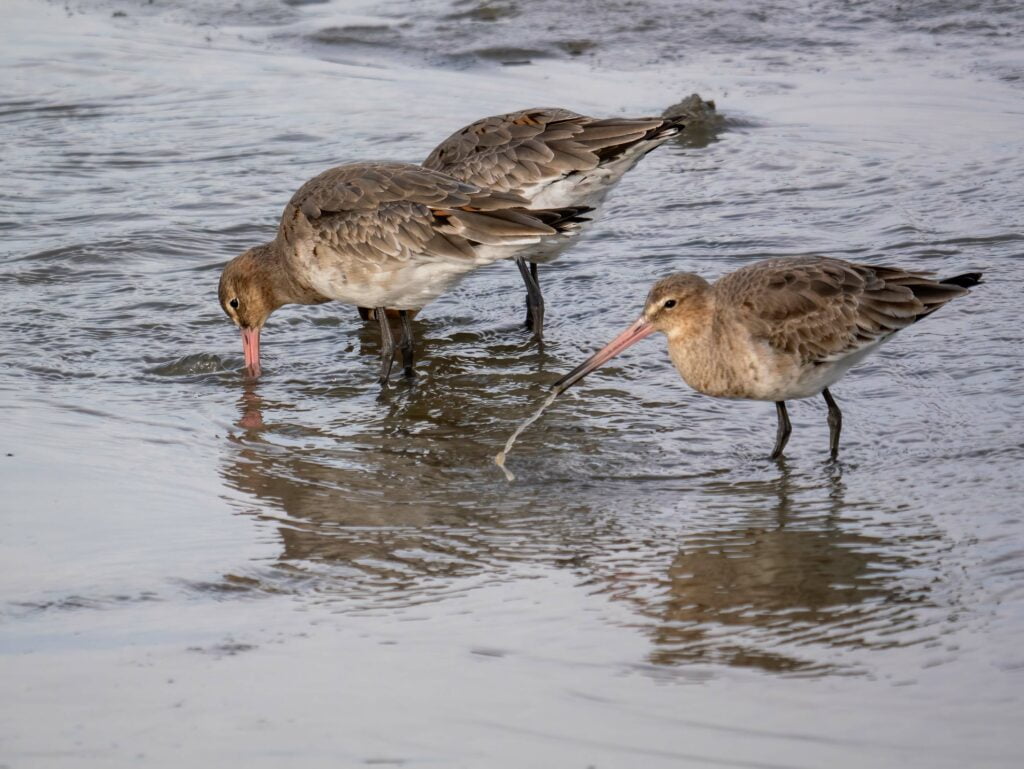

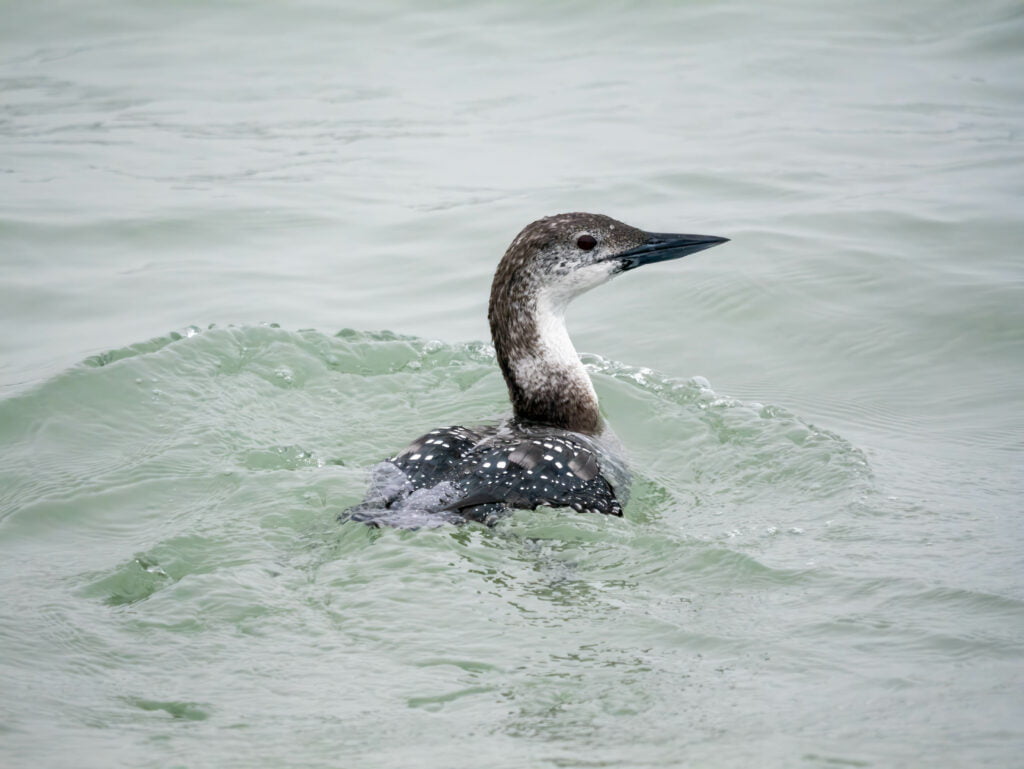
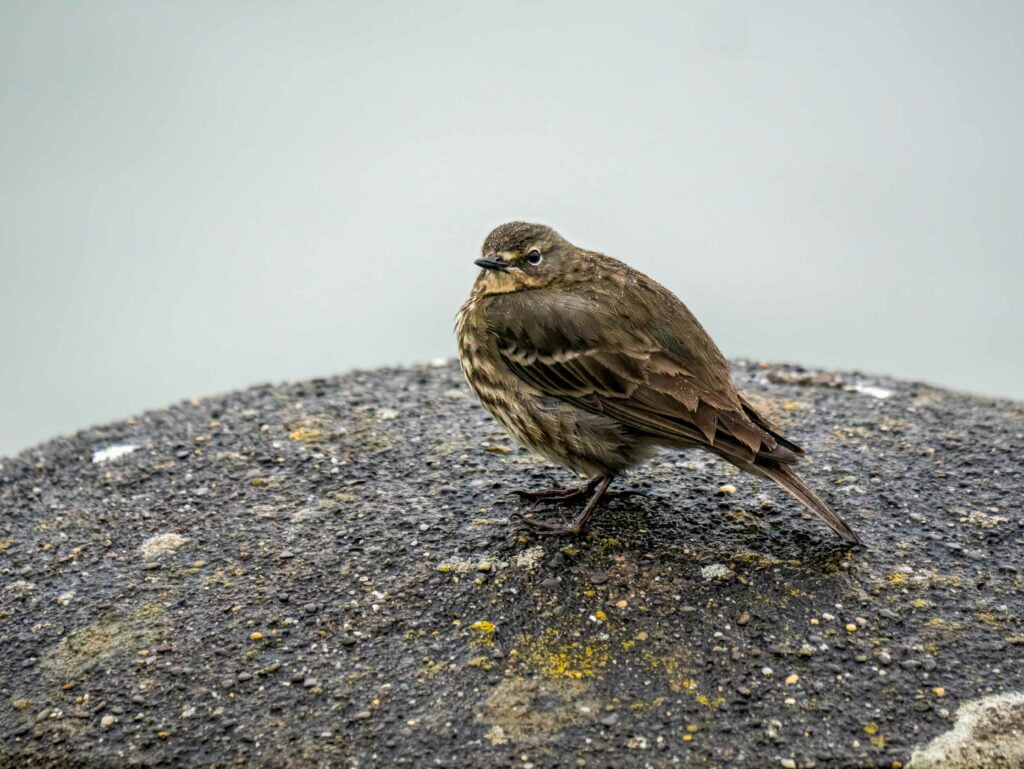
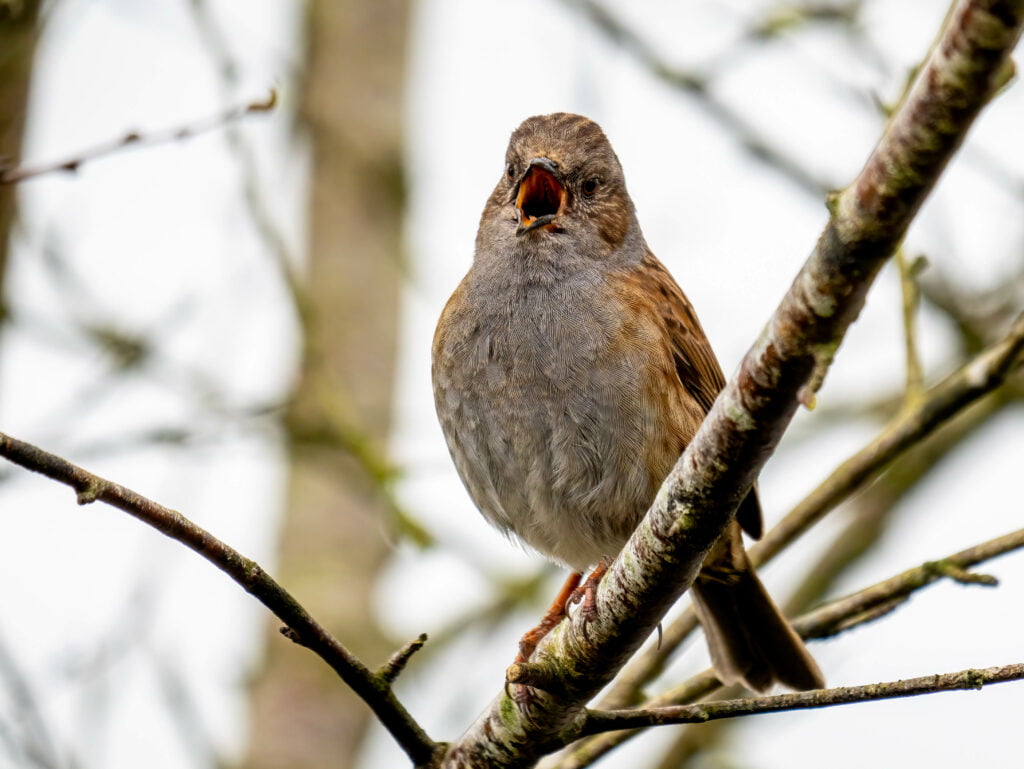
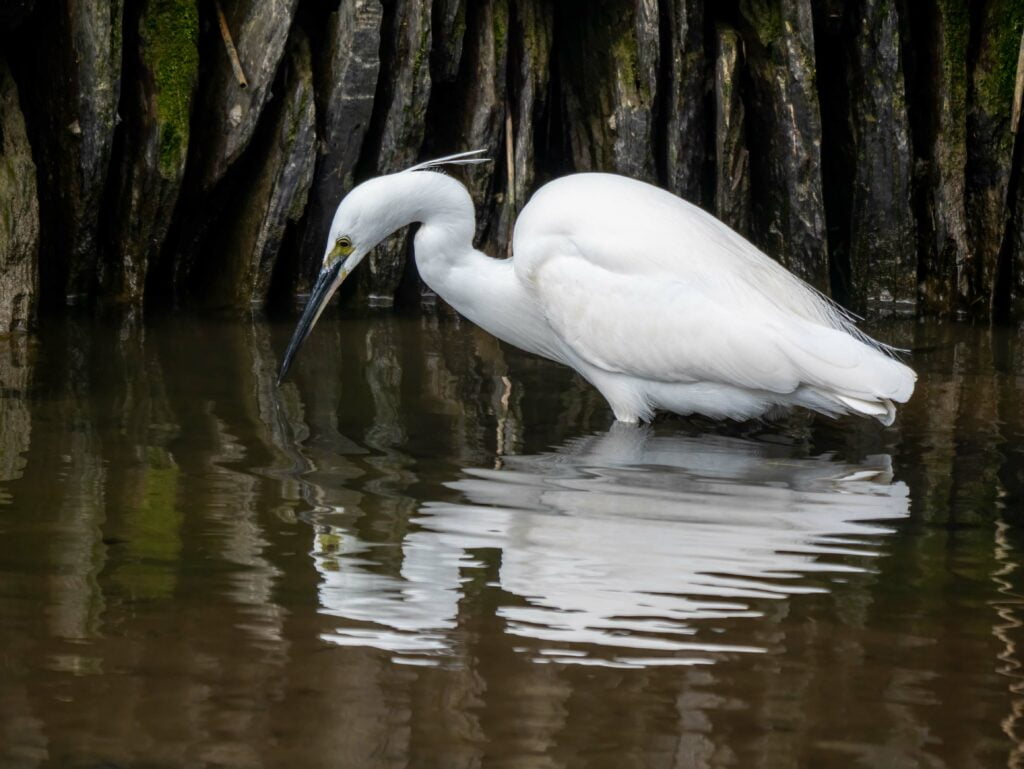
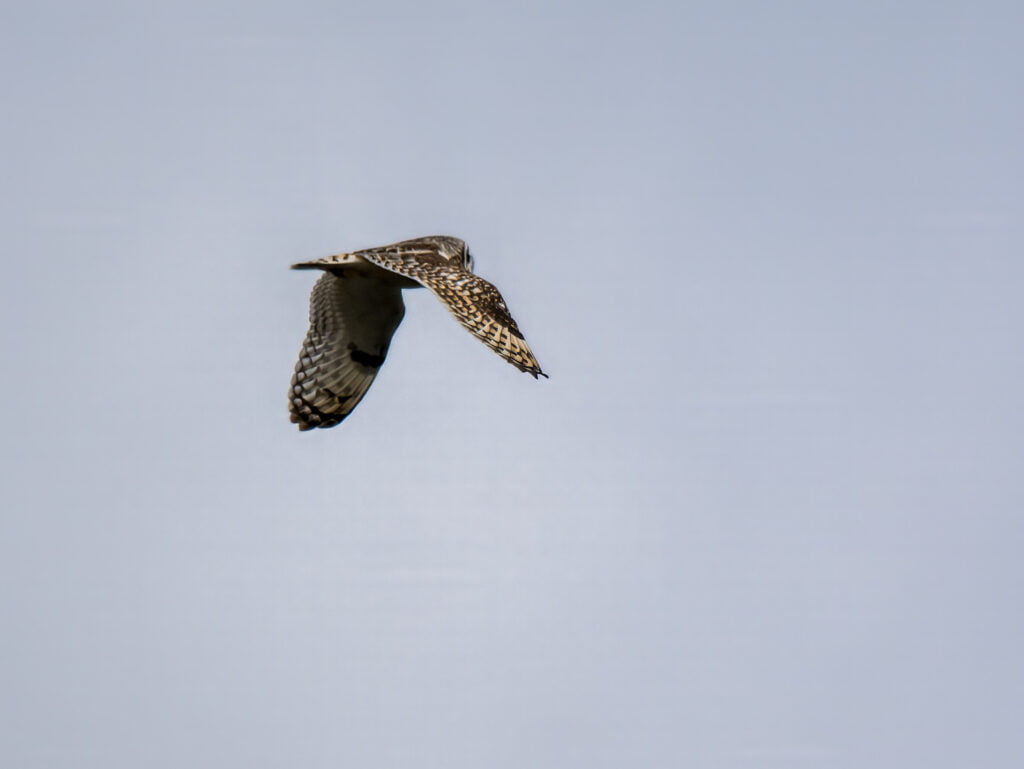
Acknowledgement
I’d like to thank the Panasonic/Lumix UK team for sending the Lumix G9 in for review on the Ireland’s Wildlife website.
NB. Ireland’s Wildlife has no specific affiliation with any optics or gear manufacturer for review purposes. All reviews on the site are completely independent and objective and carried out in accordance with our terms and conditions. If you’re an optics or gear manufacturer and would like to submit your product for review on the site please drop us a line using the contact form and we can take things from there.


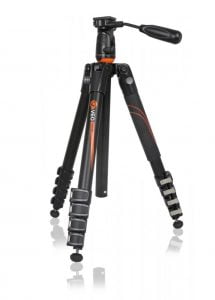







1 comment
Alvin
Great job on the review – I really enjoyed the shots you were able to get.
I’ve Owned the G9ii for a couple of months now – used mainly for video – which is outstanding. Can’t wait to take some travel photos!l soon!